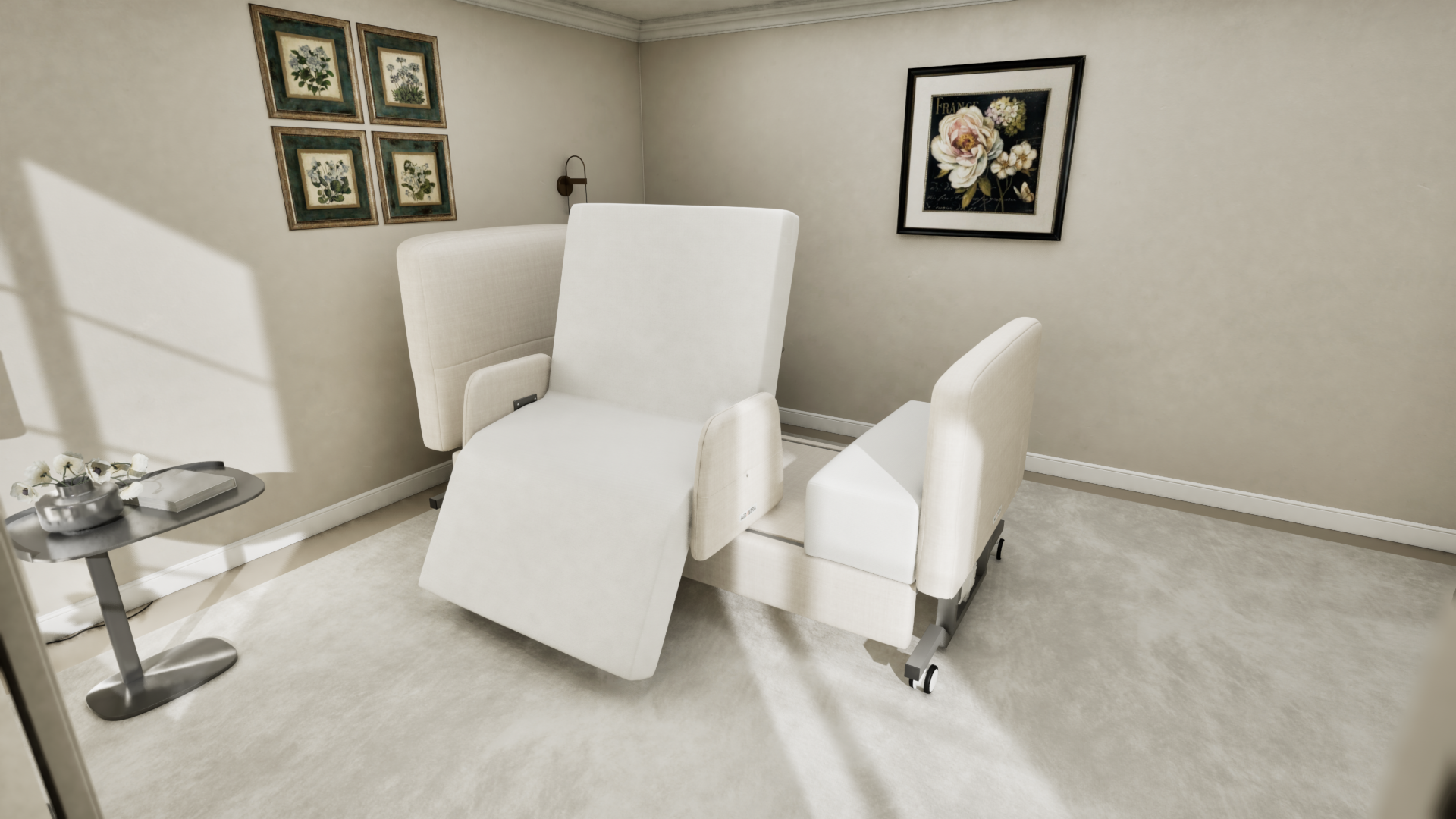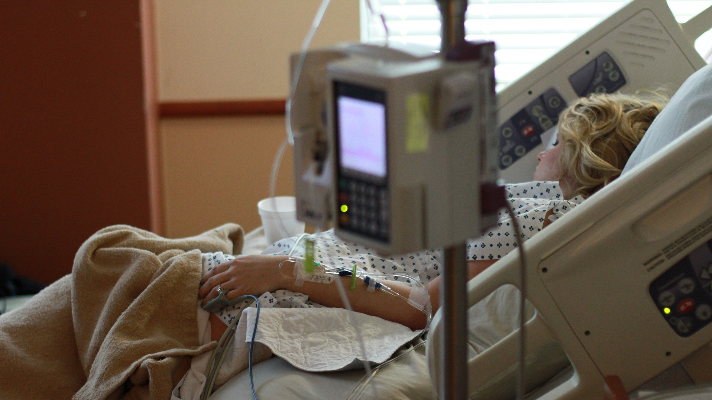The Ultimate Guide To Hospital Beds For Home Use
Table of ContentsThe Main Principles Of Hospital Beds For Home Use 5 Easy Facts About Hospital Beds For Home Use ExplainedThe 8-Minute Rule for Hospital Beds For Home UseFacts About Hospital Beds For Home Use Revealed8 Simple Techniques For Hospital Beds For Home UseMore About Hospital Beds For Home UseThe Facts About Hospital Beds For Home Use Revealed
There are 3 major types of healthcare facility beds: guidebook, semi-electric, and fully-electric. These beds use hand cranks to adjust the bed's height and increase and decrease the head and the foot.
Semi-electric beds have an electrical motor to elevate and reduce the head and foot parts of the bed (hospital beds for home use). Full-electric beds have an electrical motor that can increase the head and foot sections of the bed as well as the whole height and positioning of the bed.
Hospital Beds For Home Use - Questions
Some designs can also relocate into even more positions, such as the Trendelenburg (tilt) setting. There are several sorts of medical facility beds, each developed to fulfill certain patient needs. Below are some common kinds: This is the most usual kind of health center bed, created for basic clinical use. It has a guidebook or electrically adjustable headrest, footrest, and height.
Lower to the ground than a basic bed. This kind of bed is developed for bigger patients, with a bigger frame and higher weight capability than a common bed. This kind of bed is developed especially for youngsters, with smaller dimensions than a standard bed. Special features such as complete size side rails and anime design.
This sort of bed is made for seriously sick individuals that require open surveillance and specialized clinical tools such as ventilators and mixture pumps. This type of bed is created for usage throughout labor and shipment, with flexible placements and attributes to sustain the mommy and infant throughout the birth procedure.
Top Guidelines Of Hospital Beds For Home Use
Numerous feature and the accessories perform increasing grip to different parts of the vertebra and the extremities without relocating the body. These are just a couple of instances of the types of medical facility beds available. The specific kind of bed utilized will certainly rely on the person's condition, clinical requirements, and other elements.
Here is the point you need to recognize. A one-function health center bed is a clinical bed that allows an individual to move just the head or foot section up or down. A 2 feature healthcare facility bed normally refers to a sort of medical bed that has 2 adjustable functions to help individuals in medical facilities or treatment facilities.

The 7-Second Trick For Hospital Beds For Home Use
A 7-function ICU bed is a sort of medical bed that internet gives several adjustable functions to support critically sick individuals in an extensive treatment device (ICU) (hospital beds for home use). The seven functions generally include: Back-rest adjustment: The back-rest can be gotten used to numerous angles to help the person rest up or rest comfortably
Elevation adjustment: The bed can be raised or reduced to make it easier for people to obtain in and out of bed, and for caretakers to give treatment. Trendelenburg placement: The whole bed can be slanted to advertise blood circulation and circulation in the body. Reverse Trendelenburg position: The bed can additionally be slanted in the contrary direction to promote blood flow and flow in the upper body.
While even more cost effective than electrical models, these beds need physical initiative for changes. The main advantages of hand-operated beds are their price and dependability, as they don't rely upon electricity. Nonetheless, the requirement for manual effort can be a constraint in situations where fast modifications are essential or where caretakers face physical obstacles.
Hospital Beds For Home Use for Dummies
Semi-electric health center beds offer a balance of handbook and electric controls. These beds offer a perfect center ground in between handbook and completely electrical options, providing simplicity of use without the complete price of electrical versions.
Semi-electric beds are fit for patients who need modest changes to the head and foot sections however can handle without regular height modifications. This makes them a cost-efficient remedy for those looking for comfort and comfort without the demand for continuous repositioning. Fully electric health center beds feature electrical controls for smooth changes to the elevation, head, and foot areas.
Specialty medical facility beds, such as ICU beds, long-term treatment beds, and bariatric beds, are meticulously made to attend to particular medical needs. These beds supply customized treatment for varied patient teams, enhancing both outcomes and convenience. In the adhering to sections, we will navigate here explore the main sorts of specialty hospital beds, outlining their particular advantages and applications.
With years of experience in producing electric straight actuators - hospital beds for home use and close partnership with the medical care sector, TiMOTION is well-positioned to supply reputable medical care options. Our vertically incorporated company takes care of every step of the manufacturing procedure, from style to actuator setting up, ensuring we provide remarkable worth and personalized solutions tailored to your certain needs
Fascination About Hospital Beds For Home Use

To get more information about incorporating these innovations into your products, call us today. Additional reading:.
Information is sourced from the Medicare Cost Report.

The smart Trick of Hospital Beds For Home Use That Nobody is Discussing
A medical facility bed is a bed developed specifically for medical functions. It is not only a place for patients to relax, yet additionally a system for medical operations. Unlike regular home beds, medical facility beds typically have adjustable features, which can promote clinical personnel to make different adjustments according to the demands of people, such as transforming the height, disposition, and support angle of the back and legs of the bed.